THE STING LEGACY
HOW IT ALL BEGAN
An in depth look into the inception, the history and the philosophy of our club. Being the first ever female soccer club and building on an ethos of dedication, hard work and a sense of pride, the Sting name represents what we value most about the sport.
THE BEGINNING
STING SOCCER CLUB BEGAN ITS MISSION IN 1973 AND WAS A PIONEER IN YOUTH WOMEN'S SOCCER
At that time, we lived in an environment where women’s sports were uncommon, modified, and in the early stages of its existence. It was a common belief that strenuous exercise was unhealthy for females back then, so sports were modified to limit the activity to a minimal level.
Basketball for instance, was played with three players on each side of the court to prevent females from having to run the length of the court, and running was limited to no more than 880 yards at a time. There were very few associations that believed in equal opportunity in sport, and with limited facilities, fields, and playing areas, male sports took precedence in almost every way.
Lamar Hunt, and a few key pioneers of women’s soccer, including Sting Soccer’s Bill Kinder, created leagues and put together teams with female athletes of high school age. They played in a league in Dallas called the High School Girls Soccer League (which has grown into the now prestigious and nationally recognized Lake Highlands Girls Classic League).
With that, the game of soccer for women in Dallas was born. It spread like wildfire with young women throughout the area, so excited to finally be able to participate in sports in a way that allowed them to truly be active and express themselves as athletes on the field.
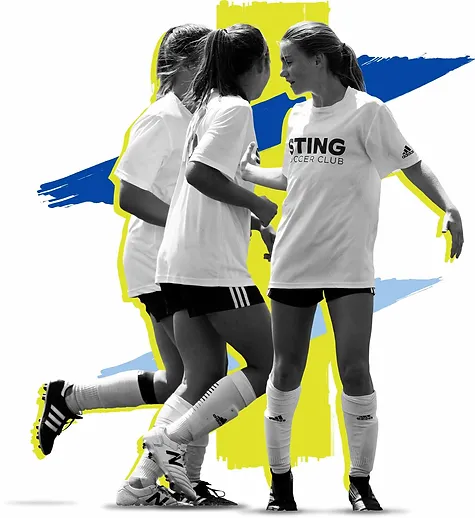
1973
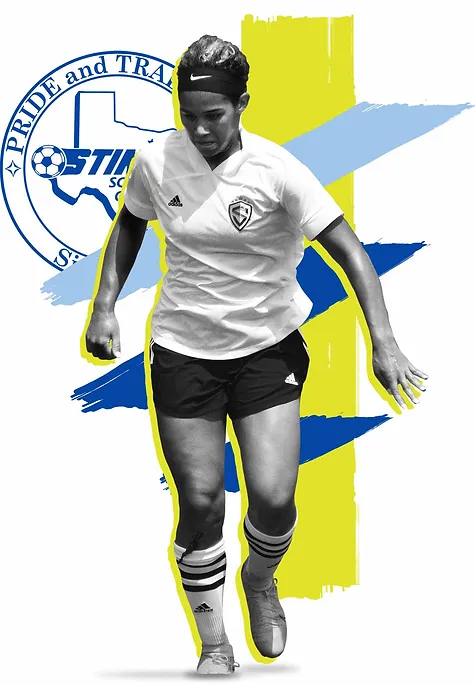
IT WAS FROM THE NEWLY FORMED HIGH SCHOOL GIRLS LEAGUE, THAT BILL KINDER BEGAN THE FIRST AND OLDEST ALL-GIRLS SOCCER CLUB IN THE COUNTRY, AND THE FIRST EVER STING TEAM FORMED IN 1973
The name itself finds its origins in a popular film of the time featuring Paul Newman and Robert Redford, The Sting. Like its unique calling, the first Sting soccer team stood out from the beginning. Implementing a strict code of conduct, the team was to be dressed at all times in a uniform manner, socks pulled up, shirts tucked in, sleeves out, warm-ups properly zipped.
Over twenty years prior to the first rules regarding how teams were to be presented in uniform, the first Sting team brought a level of professionalism unlike anything seen at the time. It was from this strict dress code that the Sting tassels made their mark. With socks at the time being thick and cumbersome it was common for them to slip down during the run of play. In order to prevent this, the first Sting team wore garters underneath the folds of their socks to prevent them from slipping down. The tassel became a decoration to those garters and quickly became a trademark item of the Club.
In order to develop this young group of women into successful players and teach them life lessons well beyond the game, the model of the Sting Soccer Club focused on discipline, hard work, skill development, and fitness training that were truly uncommon at the time. From the first moment the Sting Soccer Club, and the first Sting team were formed, there was a sense of pride and discipline within which the team consistently operated. It is certain that the unique model of respect, discipline, hard work, and team unity contributed to the immense success that would follow.
1976-78
IN 1976 THE STING SOCCER U19 TEAM TRAVELED TO MEXICO TO PLAY THE MEXICAN NATIONAL CHAMPIONS.
They were the first women’s team to travel outside of the United States, and the first to ever travel to Mexico. The game was played in front of 35,000 people prior to a division one men’s professional game in Mexico City’s Olympic Stadium; a truly unique experience for this young group of girls.
In 1978, as the most successful team in the United States, the Sting Soccer U19 team was the only American team invited to compete in at the Women’s World Invitational Tournament in Taipei, Taiwan. In their first international tournament playing before 45,000 fans, they finished in second place, losing to Finland in the final.
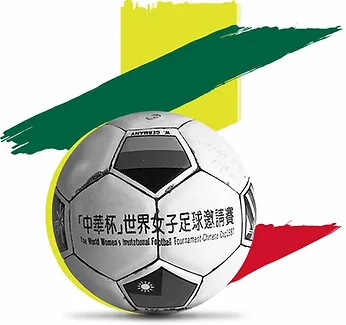
1979-80
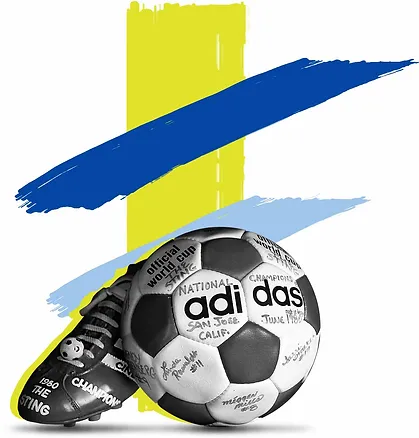
STARTING IN 1979, WE ADDED A U16 TEAM, AND EVERY YEAR OR TWO FOLLOWING, ADDED ADDITIONAL AGE GROUPS UNTIL WE HAD ESTABLISHED A TEAM AT EVERY AGE GROUP LEVEL FROM U11-U19
Perhaps the most monumental year in Sting history was 1980 at the first ever female youth national championship. After fighting for years to have U.S. Youth Soccer host a female National Championship, and 37 years following the first Men’s Youth U19 National Championship, the stage was set for the opportunity to truly make history.
The Sting Soccer U19 team prepared with a will to win unlike any other. Their immense preparation paid off when they cruised through the tournament defeating St. Louis 5-0 in the championship match. The Sting Soccer Club had won the first ever Female Youth National Championship, a feat that no other team, nor club, can add to their list of accomplishments.
1982-84
ADDING ANOTHER NATIONAL CHAMPIONSHIP IN 1982, THE STING SOCCER CLUB'S SUCCESS HAD ONLY JUST BEGUN. THEY BECAME THE FIRST US WOMEN'S NATIONAL TEAM
The U.S. Soccer Federation had committed to sending a team to the first ever FIFA tournament for women’s national teams. However, the United States had no women’s national team at the time. The successful U19 Sting Soccer team was chosen to travel as the first ever Women’s National Team to represent the United States in Xi-an, China.
The journey was as memorable as the games, having flown into an airport whose building material of choice was bamboo; flying on a plane that was so ancient it was rarely seen in pictures, never mind on a runway; and having had to take a train for 48 hours across China. The team had an experience reminiscent of novels.
The Club was set to face off against women’s national teams from all over the world. They beat Australia, Japan, and China before facing and defeating women’s soccer powerhouse at the time, Italy, in the championship game. The Sting Soccer U19 team was the first American team, male or female, to win a major international tournament.
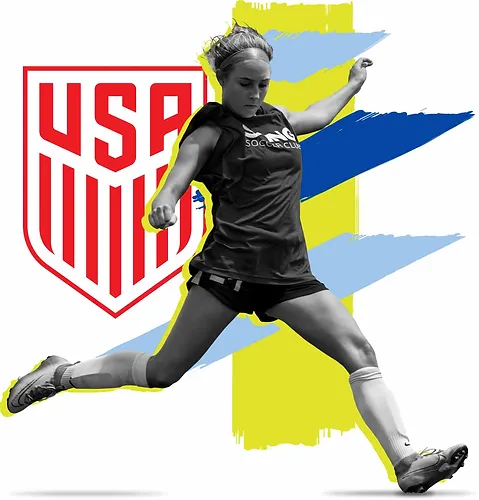
1985-91
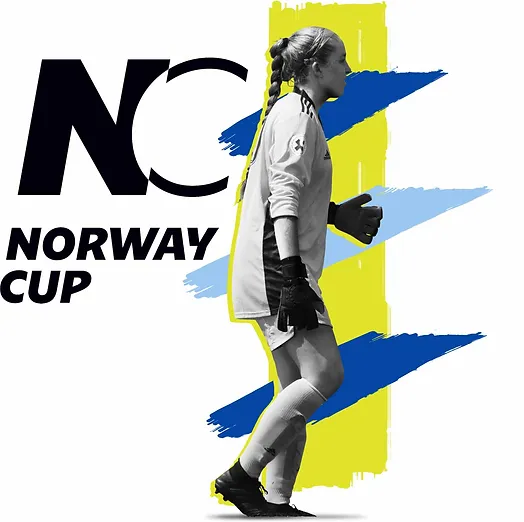
IN 1985, THE STING SOCCER CLUB WON ANOTHER NATIONAL CHAMPIONSHIP. THEY ALSO PARTICIPATED IN THE LARGEST YOUTH TOURNAMENT IN THE WORLD AT THE TIME, THE NORWAY CUP, WHICH HAD OVER 1500 MALE AND FEMALE TEAMS
They won 1st place in the Norway Cup and were also chosen as the “team of the tournament” (out of both male and female teams) for their level of professionalism, discipline and sportsmanship. In 1987 and 1988, The Sting Soccer Club won back to back national championships, and was also awarded the Sportsmanship Award both years (an uncommon occurrence for the championship team).
In 1991, four Sting Soccer players were invited to join the 16-player roster for the United States’ Women’s National Team for the first ever Women’s World Cup. Stacey Blazo – Pulpaneck and Lisa Cole-Zimmerman elected not to go. However, Carla Werden – Overbeck (who is now a Women’s National team icon playing the most ever number of games) and Tracey Bates-Leone, joined the Squad.
OUR JOURNEY
PERHAPS THE MOST UNIQUE PART OF THE STING SOCCER HISTORY IS NOT ALL OF THE SUCCESS ON THE PITCH, BUT THE LESSONS LEARNED AND THE JOURNEY OF THE TEAMS OFF THE FIELD
The team code of conduct, discipline, hard work and attitude that was expected of every Sting Soccer player aimed to build character and instill a sense of pride in self and in the team. The tradition of travel placed an emphasis on broadening player education through experiencing many different countries and cultures.
The Sting teams have traveled to communist China, traveling 48 hours by train from Xi-an to Hong Kong, experiencing the rice fields, the water buffalo, and 45,000 fans dressed alike and transported by 40,000 bicycles to their game.
They have traveled around the Baltic Sea to Estonia, Latvia, and Lithuania and witnessed in an amphitheater on the hillside, the first time thousands and thousands of Latvian people were able to sing their patriotic songs since the Soviet occupation. They were able to take a train from Helsinki, Finland, into the Soviet Union under the Iron Curtain, and sightsee for a week under strict supervision visiting the Winter Palace, the Hermitage Museum in St. Petersburg, and Peterhof, Peter the Great’s Home estate.
The Sting Soccer Club teams have been to Copenhagen; seen the Mermaid of the Sea; visited the Berlin Wall as it came down; visited the Louvre; saw the changing of the guards at Buckingham Palace. They have seen the ballet in Mexico City, the opera in Taipei, and witnessed the excavation of the Terra Cotta Warriors, one of the greatest archeological discoveries of all time. The Sting Soccer Club teams have also traveled to most major cities in the U.S. having seen West Point, Annapolis, Wall Street, New York City museums, and the Statue of Liberty. The tradition of travel, the cultural experience and educational value it has provided for Sting players over time has been invaluable.
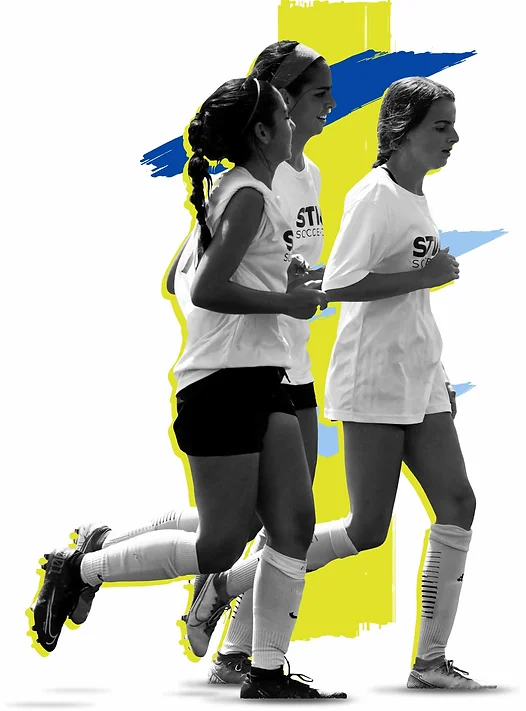
UNITED AS ONE
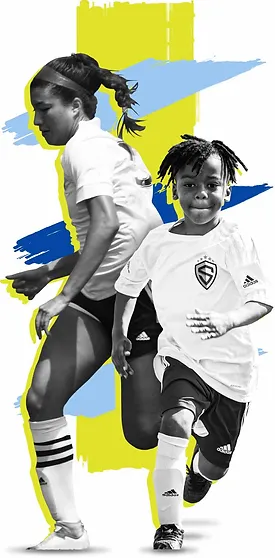
IN A TWIST THAT IS CHARACTERISTIC OF THE STING NAME, TITANS FUTBOL CLUB, THE FORMER BROTHER CLUB TO THE STING SOCCER CLUB WILL NOW SHARE THE STING NAME
We proudly move forward as one organization for both girls and boys, ladies and gentlemen. Titans Futbol Club was established in 2007, and in recent years has exploded onto the youth soccer map, reflecting its exponential growth. The Titans flourished due to their focus on quality coaching and player development, which aligned closely with Sting.
The Titans and Stings have always shared the same operations and administration team, and coaches have often led teams in both Clubs. Integrating the leadership staff was the natural step in becoming one Club. The move truly underscores the collaborative atmosphere that has been characteristic of Sting and Titans independently. We shared the same goals; we shared the same vision; and now we share the same name, we are one.
Sting Soccer Club Boys has been incredibly progressive in its growth and mindset towards player development. Without a doubt, the player-centered program provides the very best learning environment for all its players, and an experience that will maximize development and opportunities for each and every player regardless of their level of player throughout their soccer journey.
